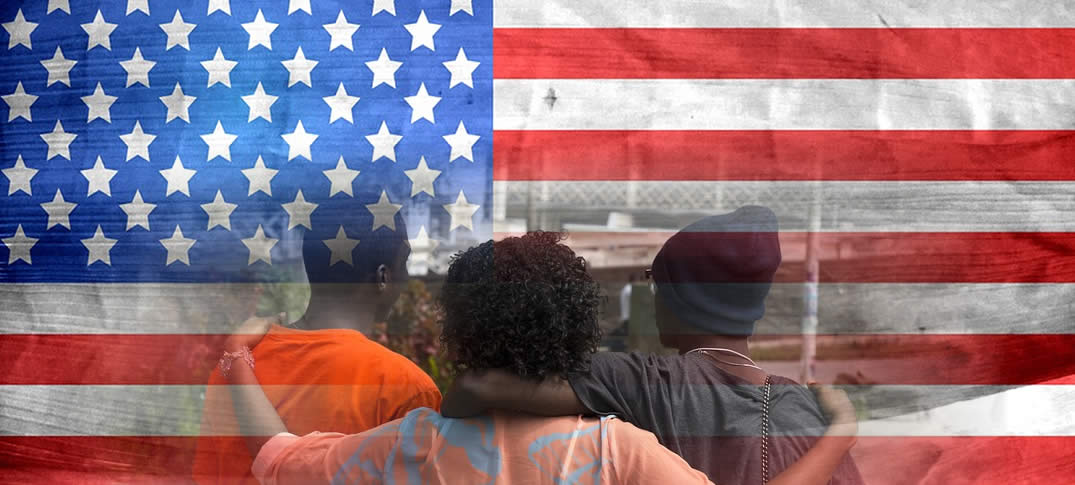By: Katy Murdza www.immigrationimpact.com/
A lesser-known group of young people who grew up in the United States with immigration status—typically the children of noncitizens who entered the U.S. on temporary work visas—is increasingly at risk of deportation.
They are known as Documented Dreamers, and when these young adults turn 21, they “age out” of their previous lawful status, which was tied to their parents’ visas. They are then required to seek and obtain immigration status on their own or to depart the country. If they fail to depart, they run the risk of being subjected to immigration enforcement and potential deportation.
If a parent can adjust to Lawful Permanent Resident (LPR) status, also known as a green card, before their children turn 21, the children are eligible to obtain permanent residency through the same process. But many temporary workers are not eligible to adjust their status. And others are trapped in years-long green card backlogs, like many immigrant workers from India and China, more information https://www.inmigracionyvisas.com/a5314-young-people-are-at-risk-of-deportation.html









